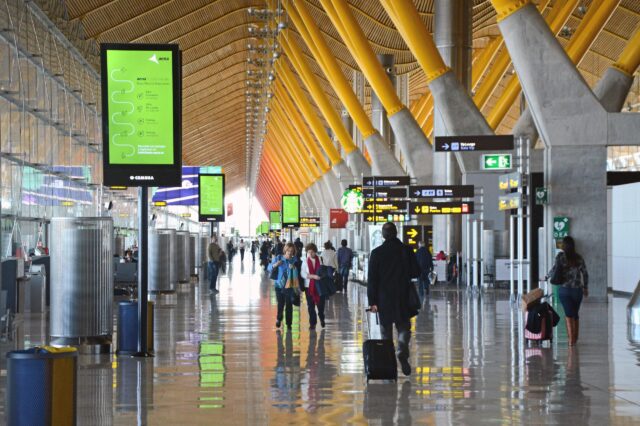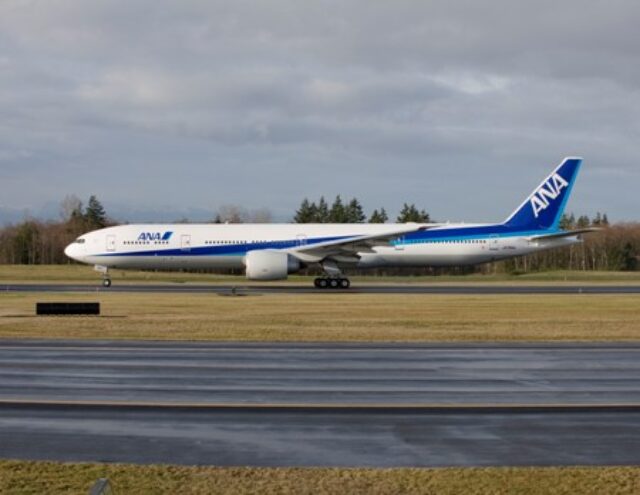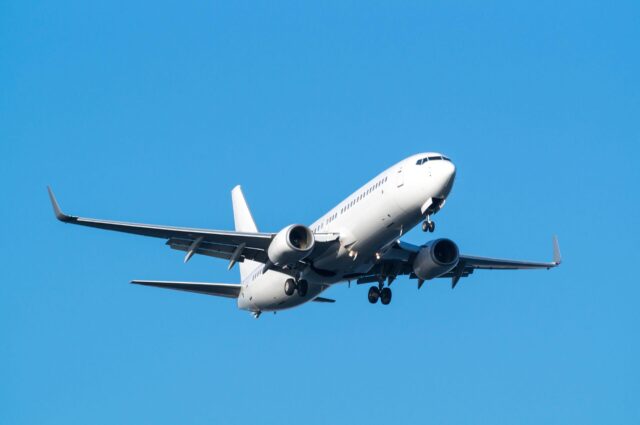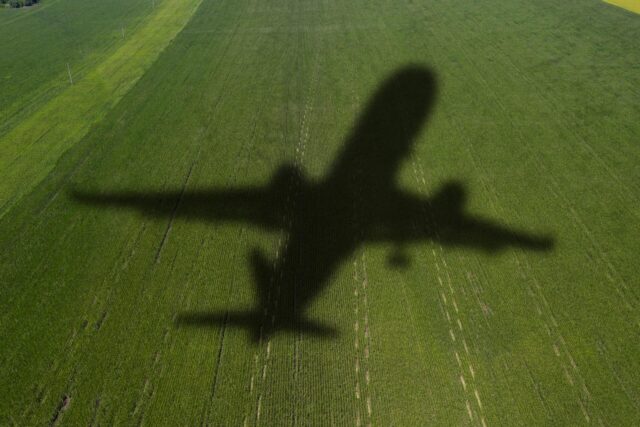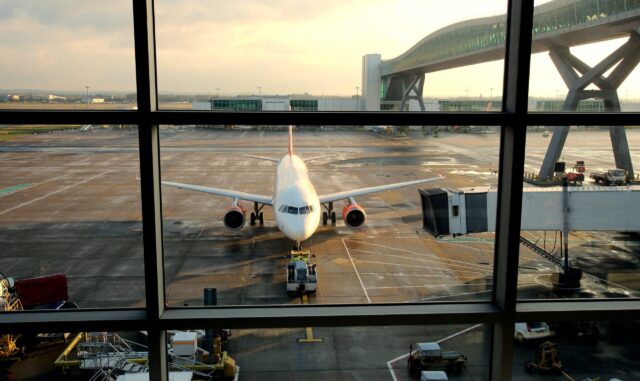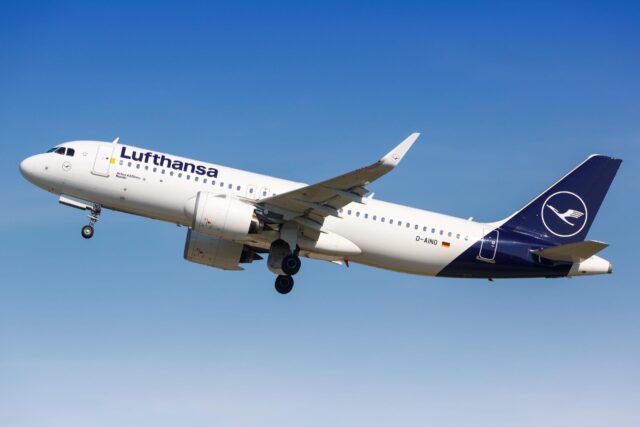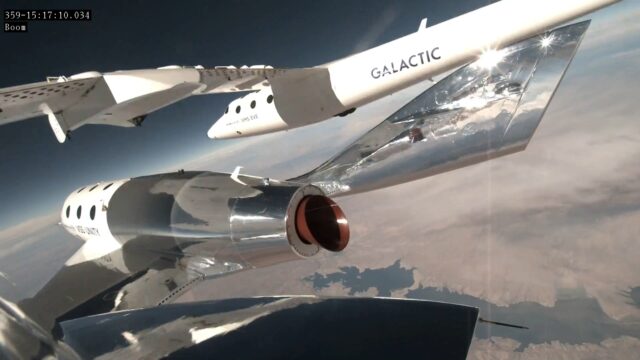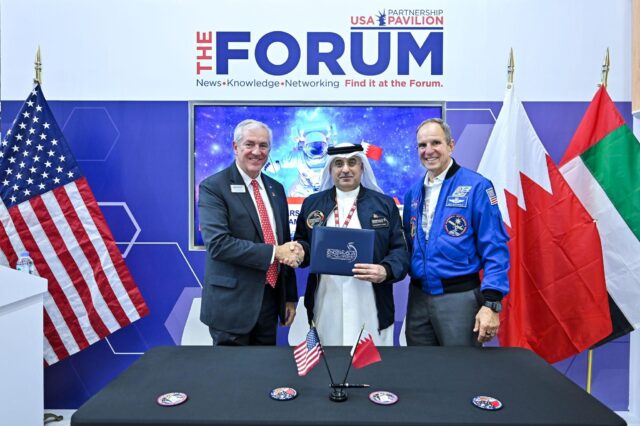UK–US tariff removal takes effect: Who are the biggest winners in aerospace?

June 30, 2025

Today, 30 June 2025, the UK-US tariff officially kicks in, delivering a zero-for-zero agreement. The deal ends the previous levy of 10% import duty on British-made aerospace components, engines and parts.
“Our historic trade deal with the United States delivers for British businesses and protects UK jobs,” UK prime minister Keir Starmer says. “From today, our world-class automotive and aerospace industries will see tariffs slashed, safeguarding key industries that are vital to our economy.”
The 0% tariff goes into effect immediately, and both the US and UK have said they are committed to maintaining it at this level long term.

It’s not all good news, however, as a deal is yet to be worked out for steel and aluminium imports to the USA. While the UK exports of these materials are modest, some are difficult to replace with other sources, in particular aerospace-grade alloys used in aircraft manufacturing.
What are the aerospace benefits of the new 0% UK-US tariff?
While a 10% tariff on exports to the US might not seem like a huge amount, the value of goods it would affect is significant.
In 2024, the UK government estimates it exported £2.2 billion ($3 billion) in aircraft, spacecraft and associated parts. Aerospace was the 5th largest export from the UK to the US, behind cars, pharmaceuticals, power generators and scientific instruments.
In the other direction, the UK imported £3.1 billion ($4.25 billion) in aerospace supplies, accounting for more than 5% of its total US imports.

Removing the 10% tariffs on these exports will save US aerospace companies in the region of $300 million each year. It further avoids UK companies being subjected to a reciprocal tariff on goods they import.
Which aerospace companies are the biggest winners in the 0% tariff agreement?
A notable beneficiary of the removal of tariffs between the UK and US is Rolls-Royce. The UK company manufactures Trent engines for both US and European airliners, as well as military jets.
“The tariff exemptions on aircraft, aero engines and parts that have been secured are truly significant,” says Tufan Erginbilgic, Rolls-Royce CEO. “The US is a vitally important market for Rolls-Royce and we welcome the strengthening of trade ties between the two countries.”
In addition, Airbus will score a small win with its aerostructures manufacturing (wings, nacelles, landing gear components) based in Broughton and Filton in the UK. Although many of these items are sent to its European assembly lines, a proportion are shipped to the US for final assembly in Mobile.

However, Airbus parts and products are still subject to a 10% tariff when imported to the USA from its EU locations. Airbus has previously said US companies need to absorb the 10% themselves, and that it will not take a hit.
“When we are exporting from Europe to the United States, that’s an import for the customers,” CEO Guillaume Faury said on the company’s latest earnings call. “They’re also not very much willing to pay tariffs, but it’s on them.”
A multitude of other UK businesses are set to benefit, from GKN Aerospace to Safran and Spirit Aerosystems in Northern Ireland. These firms make everything from fuselage sections to landing gear and engine nacelles, and will now be able to export their goods without any impact on their customers.
As well as UK companies, US aerospace businesses are expected to benefit too. Companies like Boeing and GE Aerospace extensively use UK-made parts in their aircraft assembly and MRO operations.
With UK-made parts embedded in US-built airframes from commercial jets to F-35s the tariff removal helps secure the flow of strategic aerospace components critical to both countries’ industrial base.




